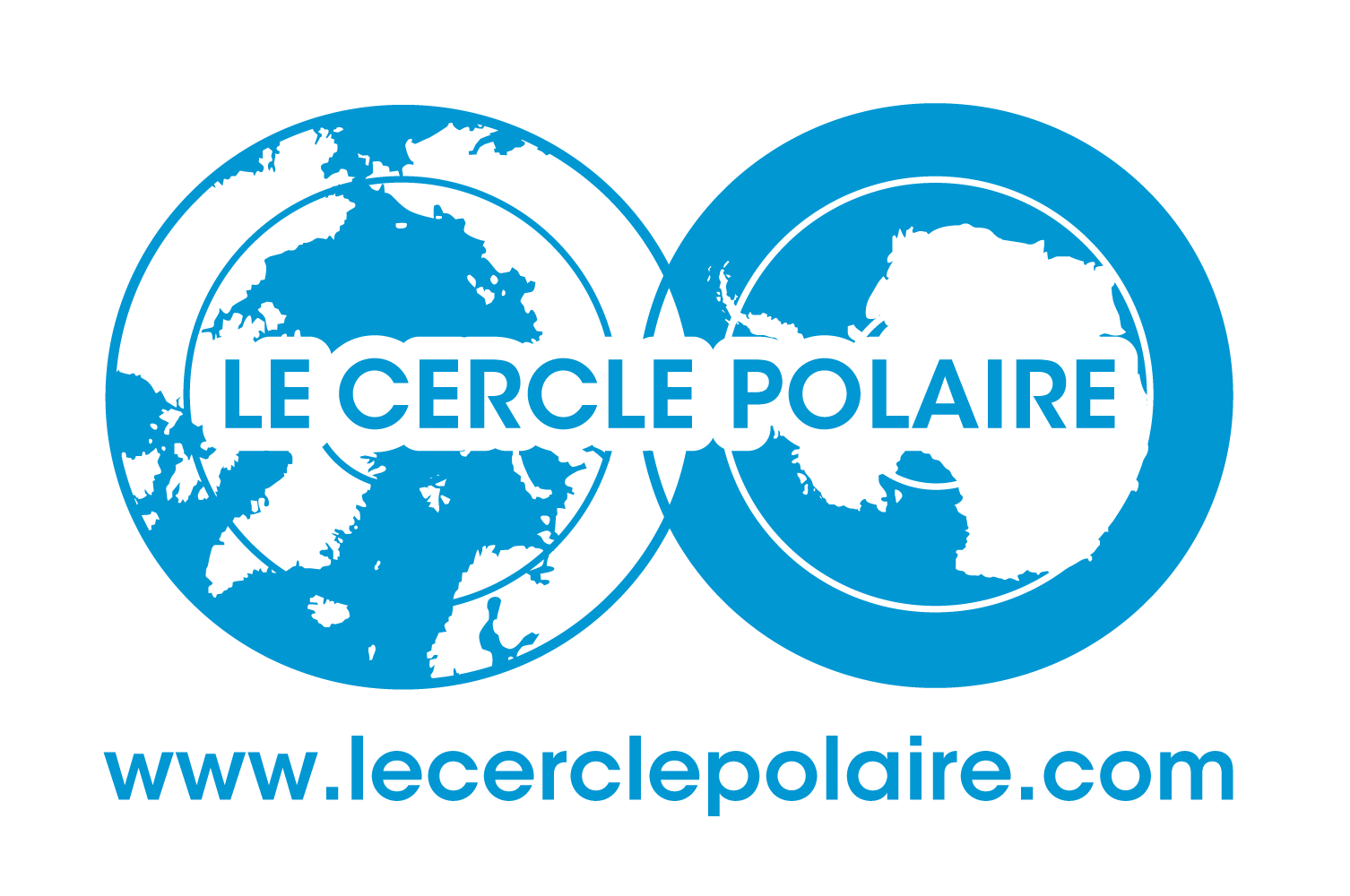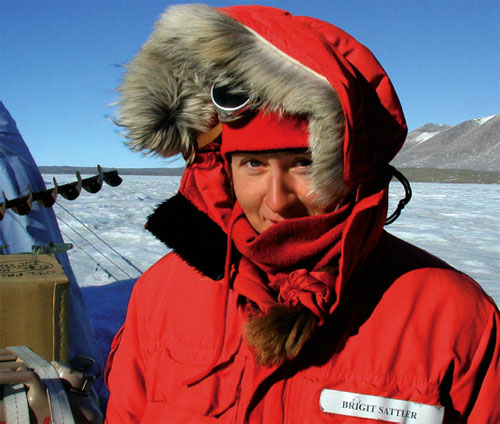
Limnologue • Autriche
Le monde microbien lié à la glace est un élément crucial de la chaîne alimentaire mondiale
Birgit Sattler est spécialiste de limnologie à l’Institut d’Écologie de l’Université d’Innsbruck en Autriche. Elle étudie le rôle des formes de vie microbienne liées à la glace dans la chaîne alimentaire et dans nos écosystèmes. En 2008, elle a reçu le prix Wings WorldQuest qui récompense les femmes exploratrices qui, par leurs expéditions, contribuent de manière marquante à la connaissance du monde.
Ice is like an enthralling demon. It takes me in, fills up my soul, with its powerful masses and ambivalent character, able to endanger human life, as man is far from being adapted to the cold. Yet so much of life would be extinct without the global ice masses. Ever since the readings of my grandfather, a natural scientist, I have been fascinated by imaginations of strange ice forms. As a naive kid, I followed the polar pioneers in my mind to the vast ice sheets, even felt the cutting wind, suffered with them, tasting the humbleness and satisfaction of crossing the polar deserts. The conventional picture of a cold desert, however, is no longer valid. Surprisingly enough, the cryosphere, which includes ice sheets, glaciers, snow packs and part of the atmosphere, is actually thriving with microbial life. Elaborate adaptation mechanisms enable prokaryotic cells to survive and reproduce below zero. In reality, glaciers breathe, the ice sheet is alive, even if in extremely slow motion. As a habitat and a food source, the ice is a crucial factor for higher life forms. The microbial world connected to ice is in fact substantially supporting the food chain with gigatons of organic carbon. This dependency amplifies directly up to the top of the food chain. It is needless to insist on the consequences of a loss of immense areas of ice if we follow the story from microscopic to grand scale. Today, awareness-raising for the polar regions is no longer just accomplished by scientists, but by tourism as well. A rapidly increasing number of potential ambassadors are emerging with each new glimpse of this sensitive environment. These fortunate tourists pass on their kaleidoscope of countless imaginings – but each glimpse leaves a human footprint and so careful consideration is required as to where to put a foot. This was best put by Eric Lindblad, the constructor of the first tourist expedition ship to the Antarctic: ‘You can´t protect what you don’t know’. Since Snowball Earth, the planet’s climate has been stored inside the ice. Gases and ancient DNA of single cells have been trapped there for millions of years, and we are close to being able to read this history book. This is the most vulnerable library we have, but if we continue ripping out pages by melting the ice, the glaciers and ice sheets will eventually stop breathing.

